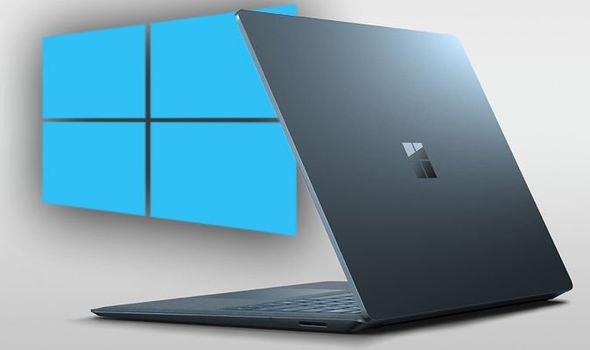Like many people, you're probably a little annoyed by constant alerts requesting that you upgrade your software or download the latest patch, but ignoring them can be costly...
While these alerts may interrupt your work, staying up to date with the latest software and servers available for your network are crucial to avoid being a big security risk.
What Do Patches Do?
A "Patch" may seem like a silly term for something that actually performs critical functions.
Here are just a few things patches do:
1. Fix a specific bug or security flaw
2. Improve the stability of an OS, Firewall, or app
3. Remove a known security vulnerability
Ignoring the advice to install a patch would be like marching into a battle with a huge hole in your armor. If you don't allow it to be fixed, you're going to be left exposed to attacks.
Along with those frequent updates, patches are a necessary part of healthy routine maintenance.

Running Older Versions of Windows is Dangerous
If you're running an older version of Windows, you have an outdated security architecture. Microsoft warns that, "Windows 7/8 does not meet the requirements of modern technology, nor the high-security requirements of IT departments,” according to Markus Nitschke, Head of Windows at Microsoft Germany.
The biggest vulnerabilities with older Windows versions are issues of reliability and compatibility.
This lack of compatibility will either keep you from running security software, or provide a known vulnerability that hackers can exploit. It will also be very expensive. Starting in 2020, Microsoft has announced that it will charge $25 - $50 for every Windows 7 PC that needs updates. And that number will increase every year up to $200 per year per device!

Windows 10 Updates
Windows 10 will check for updates once per day. The schedule is varied by a few hours every day so that Microsoft’s servers aren’t overwhelmed by an army of PCs checking for updates all at once.
If Windows finds any updates, it will download and install them automatically.
To see what updates are being installed, navigate to Settings > Update & Security > Windows Update > View Update History. Scroll down, and expand the “Definition Updates” section.
Updates Can Occasionally Hit a Snag
Not all updates are created equal. And sometimes, they just don't do what they're supposed to.
There have even been recent Windows 10 updates that have accidently deleted personal data!
What is a user supposed to do, then, if not updating can make you a target for attacks, but trusting a bad update can cause things to break? This is where working with an experienced IT support service can be beneficial.
What Should You Do To Stay Secure?
We recommend installing critical updates and security patches immediately. For "feature" updates, the best practice is to consult your IT solutions provider to determine if the update has been tested and is ready to go in your IT environment.

